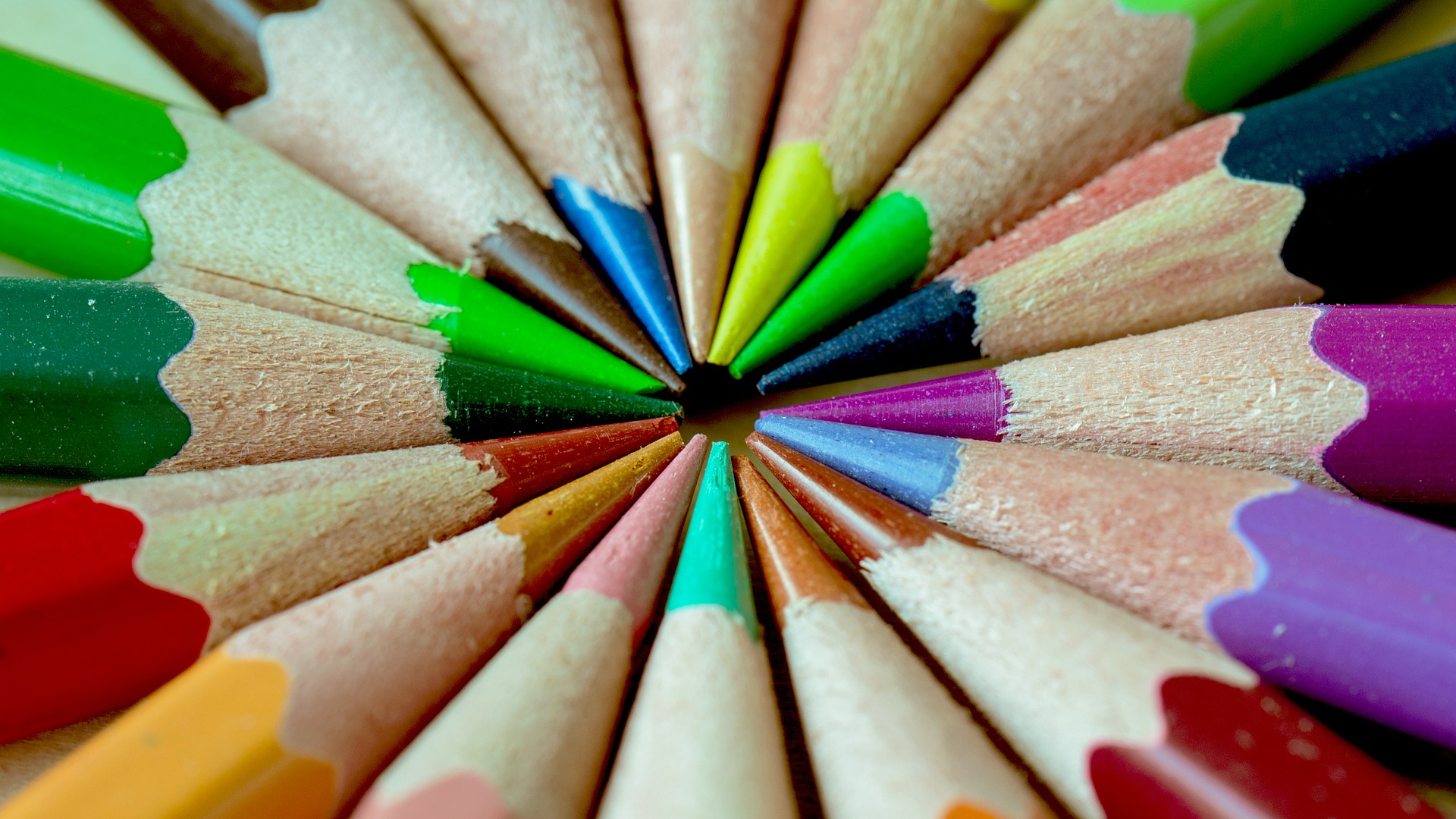
Have you ever stopped to think about how the colors in this world affect you? I didn’t think much about it until I made a mistake with color in my home. My husband and I dined with friends who had just moved into a beautiful new house. Their dining room was painted a cranberry color that provided an elegance to the already exquisite surroundings. We were so enamored of the wall color that we went home and painted the walls in our den the same color. For us, this was a definite mistake!
While cranberry was surely appropriate for the high-energy dining room in the home of our friends, it was not as applicable for the high ceilings in the den of our home. It was suddenly transformed into a high-energy room where no one chose to be anymore. Even our three children were not sitting in the den. We hastily repainted it a hunter green, and everyone in the family returned to what had at one time been our favorite room in the house.
Not too long after this incident, I began reading brain research that explained exactly what had happened. Educators are only beginning to comprehend what people in advertising have known for a long time: that color influences emotion, behavior, mood, and even cognition. I learned that reds, oranges, and deep yellows are high-energy colors for the brain. This is why most of the fast-food restaurants are painted these colors. You might have even noticed that, on the television weather forecast, where there is a preponderance of intense weather such as rain or wind, the color on the map where the weather is most severe is red, next severe is orange, and so on.
Did you know that color can even be beneficial for some readers? Pastel-colored overlays placed on top of an assignment or a book that a student is reading can be beneficial for those who experience what the research calls Irlen Syndrome. This practice can provide many at-risk students with the chance that they need to be successful. In one research study, after only 1 week, those students who read with an appropriately colored transparency placed on top of their reading gained 6.6 months in reading achievement and 19.35 months in comprehension. These transparencies are usually light blue or yellow in color. To find additional information on Irlen Syndrome, contact the researcher, Helen Irlen, via her website at www.irlen.com.
What the Research Says
Research indicates that the earth tone colors of brown, green, and blue can facilitate memory, while reds, oranges, and yellows can be used for emphasis (Cooper & Garner, 2012).
The more colorful the imagery is when we initially experience a task, the more easily we can use similar images when we attempt to recall the learning situation at a later time (Jensen & Dabney, 2000).
When colors are used in close proximity to words in texts, colors can enhance a student’s memory of the texts (Wallace, West, Ware, & Dansereau, 1998).
Make It Happen
- Blue dry-erase or permanent markers are preferable for writing on the board, document camera, or flip chart. However, for emphasis, use red markers. For example, if you want your students to focus on the punctuation marks in a sentence, write the sentence in blue and the punctuation marks in red.
- When grading papers, use more calming markers such as blue or green to make comments or correct mistakes. Red tends to be more alarming and offensive to the brain, particularly when it is coupled with negative remarks or recommendations.
- Place colored markers or pencils on the school supply list for your students. Have them use these markers or colored pencils to underline important concepts or key words and phrases in their notes for emphasis. Color will call attention to crucial notes and make them easier for the brain to recall.
For more examples of how to use color in your classroom to benefit the brain, consult the 2nd edition of my best-selling book, Shouting Won’t Grow Dendrites.